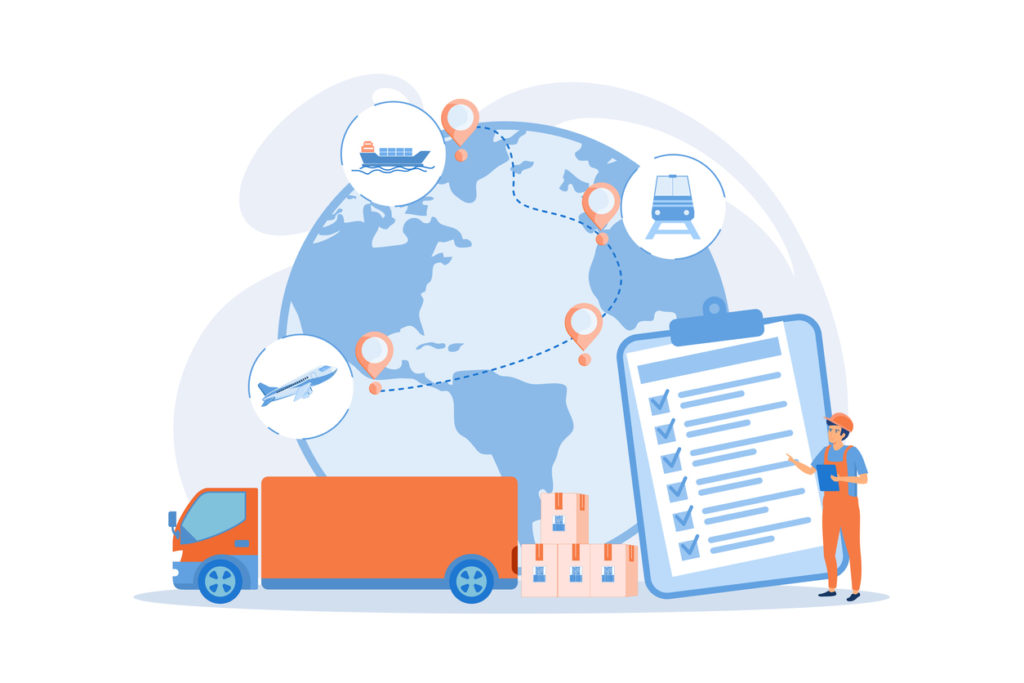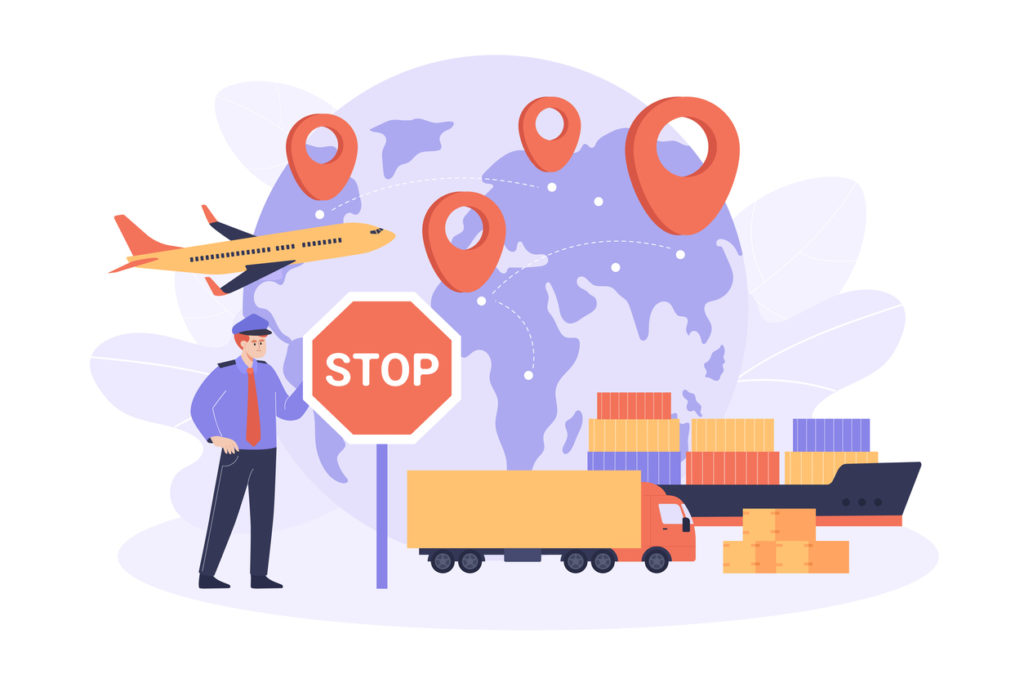What is a customs tariff number?
The most important facts in brief: A customs tariff number is the unique classification of a product according to its material and, if applicable, its intended use in the harmonized system (HS). Each item can be assigned to an exact customs tariff number. The harmonized system comprises 21 sections, 99 chapters and over 5000 subheadings.
In our globalized world, where goods are constantly being moved across borders, it is crucial to keep track of these goods. A central instrument for organizing and categorizing goods in international trade is the customs tariff number. But what exactly is this number and why is it so important for international trade?
What is the customs tariff number?
The customs tariff number, also known as the HS code (Harmonized System Code), is an internationally standardized classification number for goods. These numbers are used worldwide to uniquely identify goods when crossing borders. The system from which this code originates is administered by the World Customs Organization (WCO) and is known as the Harmonized System (HS).
Structure of the customs tariff number
Each customs tariff number consists of at least six digits. The first two digits represent the goods chapter, the next two the goods heading and the following two the subheading. Depending on the country, additional digits can be added to further subdivide goods and provide more specific information about them.
Why are customs tariff numbers important?
-
Goods identification: Goods can be clearly classified and identified with the customs tariff number. This makes international trade much easier, as both exporters and importers know exactly what type of goods they are dealing with.
-
Calculation of customs duties and taxes: The customs tariff number is crucial for determining customs duties, VAT and other charges that may be incurred when importing or exporting a product.
-
Statistical purposes: Governments and international organizations use customs tariff numbers to compile trade statistics. This helps them to recognize trading patterns and make economic policy decisions.
-
Regulation and control: Some goods, such as weapons or hazardous chemicals, are subject to special controls or bans. With the help of the customs tariff number, these goods can be easily identified and monitored.
How do you obtain a customs tariff number for your goods?
There are specialized databases and tools to help companies find the right customs tariff number for their products. In addition, many customs authorities offer an advisory service to help companies classify their goods.
Conclusion
The customs tariff number is an indispensable tool in international trade. It ensures that goods can be correctly classified, taxed and monitored, thus facilitating the smooth flow of cross-border trade. For companies that operate internationally, it is crucial to know and use the correct customs tariff number for their products.
Further links on the subject of customs tariff numbers
What can we help you with?




